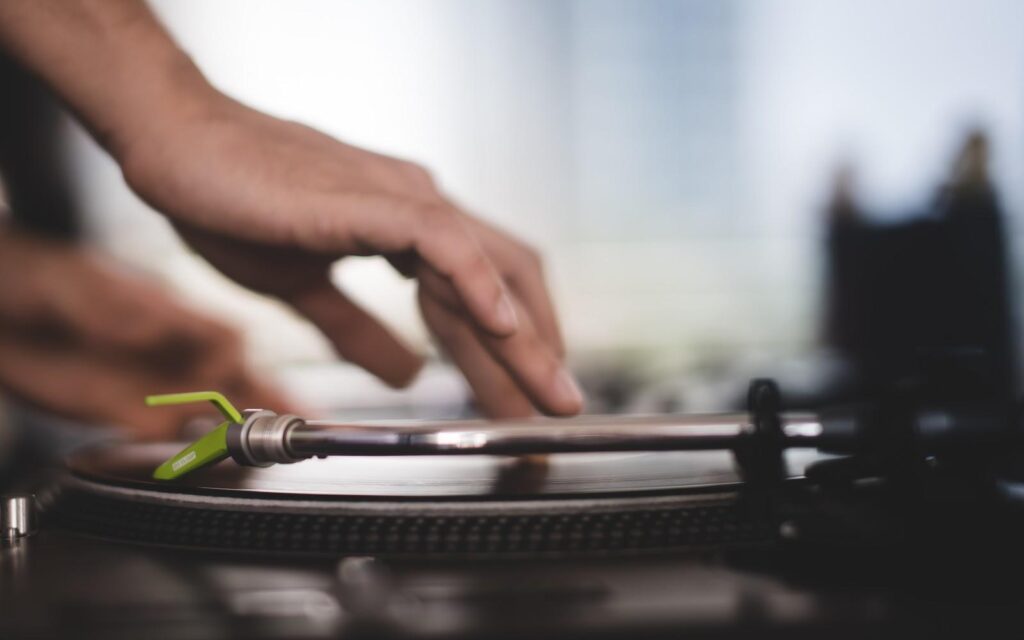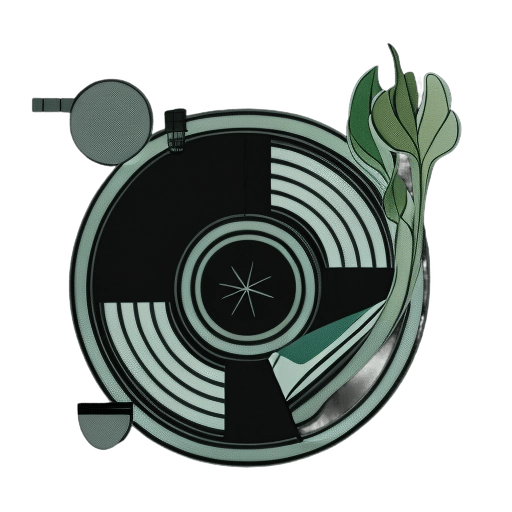Scratching is one of the most exciting and impressive techniques in DJing. It involves manipulating the vinyl record or digital audio file to create rhythmic patterns and sounds. This technique requires skill, practice, and a good understanding of music theory. In this guide, we will provide you with some tips and tricks to help you become a better scratch DJ.
Understanding the Basics
Before you start scratching, it’s essential to understand the basic concepts. First, you need to know the different types of scratches, such as the baby scratch, the tear scratch, and the chirp scratch. Each type of practice produces a unique sound and requires a different technique. Second, you need to understand the different components of a scratch, such as a stab, the release, and the forward and backward movements. Once you have a good understanding of these basics, you can start practicing.

The Baby Scratch
The baby scratch is the most basic technique, but it is a crucial foundation for developing more complex scratching skills. To perform the baby scratch, place your hand on the record, and move it back and forth while holding the crossfader open. This creates a rhythmic “ch-ch” sound. You can adjust the speed and rhythm of the baby scratch to match the tempo and beat of the music you’re playing.
One way to add more depth and creativity to this technique is to experiment with different hand positions and movements. For example, you can use your thumb to apply pressure to the record while scratching to create a more pronounced sound. You can also try moving your hand in different directions to create different patterns and rhythms.
Another way to enhance the baby scratch is to add other techniques, such as flares or stabs. For example, you can add a flare at the end of the baby scratch by quickly closing and opening the crossfader to create a stuttering effect. This adds more complexity to the scratch and can make it more interesting to listen to.
The Tear Scratch
The tear scratch is a challenging technique to master, as it requires a lot of precision and control. To perform it, you need to quickly move the record back and forth with a quick flick of the wrist. This creates a tearing sound that can be used to create complex rhythms and patterns. It’s essential to keep your hand steady and your movements precise to execute the tear scratch properly. To add depth and texture to your performance, try experimenting with different variations of the tear scratch. You can use different parts of the record to create distinguishable tones and textures.
Overall, this is a versatile technique that can add a lot of depth to your scratching once you have the basic technique down. You can also try using different parts of the record to create distinguishable tones and textures. The tear scratch can be used in a variety of musical genres, from hip-hop to electronic.
The Chirp Scratch
The chirp scratch is a type of scratch that involves a quick forward movement followed by a choppy backward movement. This creates a stuttering, chirping sound that can be used to add texture to a mix. To perform this technique, start by pushing the record forward with your hand while simultaneously closing the crossfader. Then, immediately pull the record back with your hand while opening the crossfader.
This technique requires precise timing and coordination between your hands and fingers. Once you have mastered the basic technique, you can experiment with different variations, such as using different parts of the record or combining the chirp scratch with other scratches to create complex rhythms and patterns.
Practicing and Improving
To become a good scratch DJ, it’s important to practice regularly. Here are helpful basic tips:
- Start with simple techniques and gradually move on to more complex ones
- Use different tempos and beats to challenge yourself
- Practice with different types of music, such as hip-hop, funk, and electronic — this will help you develop your own style.
When practicing, focus on your technique and try to execute each scratch as accurately and cleanly as possible. Pay attention to your hand movements, the pressure you apply to the record, and the timing of your scratches.
It’s also helpful to practice with a metronome or drum machine to develop your sense of timing. This will help you stay in rhythm and keep your scratches on the beat.

Using Equipment
The equipment you use can make a big difference in your performance. Make sure you have a high-quality turntable with a good tonearm and cartridge. You also need a mixer with a good crossfader and EQ controls. Some DJs prefer to use vinyl records, while others prefer to use digital files. Whatever your preference, make sure you have good-quality sound equipment.
It’s also critical to keep your equipment in good condition. Clean your records regularly to prevent skips and scratches. Keep your turntable and mixer dust-free to prevent any interference with the sound.
Developing Your Style
Scratching is an art form, and every DJ has their own unique style. Some DJs prefer to scratch in time with the music, while others create their own rhythms and patterns. Experiment with different techniques and find what works best for you. Listen to other DJs and get inspiration from their styles.
Incorporating other musical elements into your technique is a great way to create a unique sound and style. Samples, loops, and effects can be used to add texture and depth to your DJing. For example, you can use a vocal sample to create a scratch routine that incorporates a specific phrase or word. You can also use drum loops to create a rhythmic pattern that complements the beat of the music you’re playing. Effects like delay and reverb can be used to create exciting textures and add interest to your scratches.
Experimenting with different scratch patterns and rhythms is another way to develop your own style. Try combining different types to create complex patterns and rhythms. You can also experiment with different tempos and beats to challenge yourself and keep your scratching fresh.
Remember, developing your own style takes time and practice. Don’t be afraid to make mistakes and try new things. With dedication and persistence, you can create a unique sound and style that sets you apart as a DJ.
Conclusion
Scratching is a fun and exciting technique that can take your DJ skills to the next level. Although, it requires precise timing, coordination, and a good ear for rhythm. DJs must also be careful not to damage the record or the stylus, as excessive scratching can cause both to wear out prematurely. With practice and dedication, however, DJs can develop their scratching skills and create mixes that are truly unique and unforgettable. Remember to have fun and let your creativity shine!


